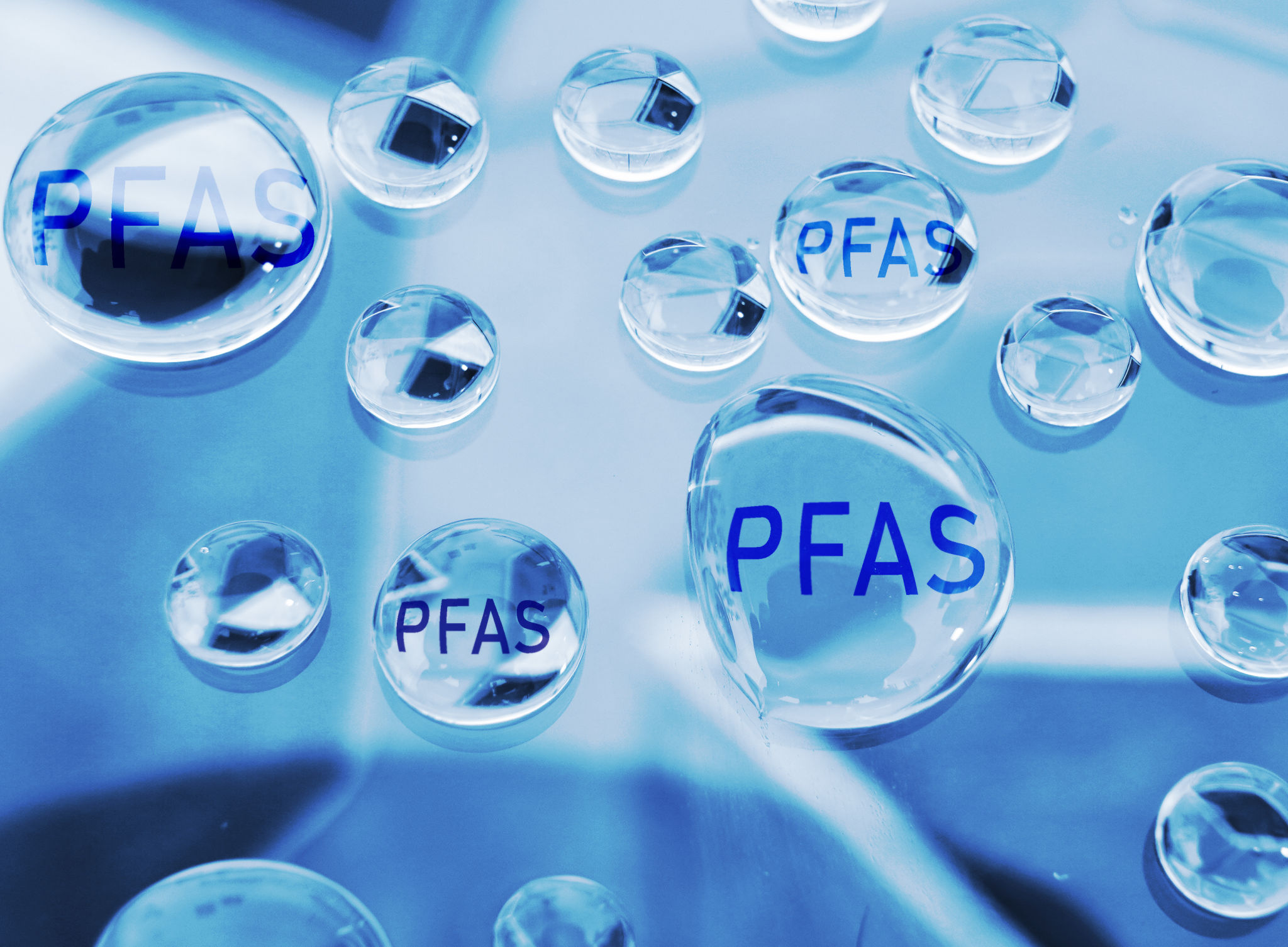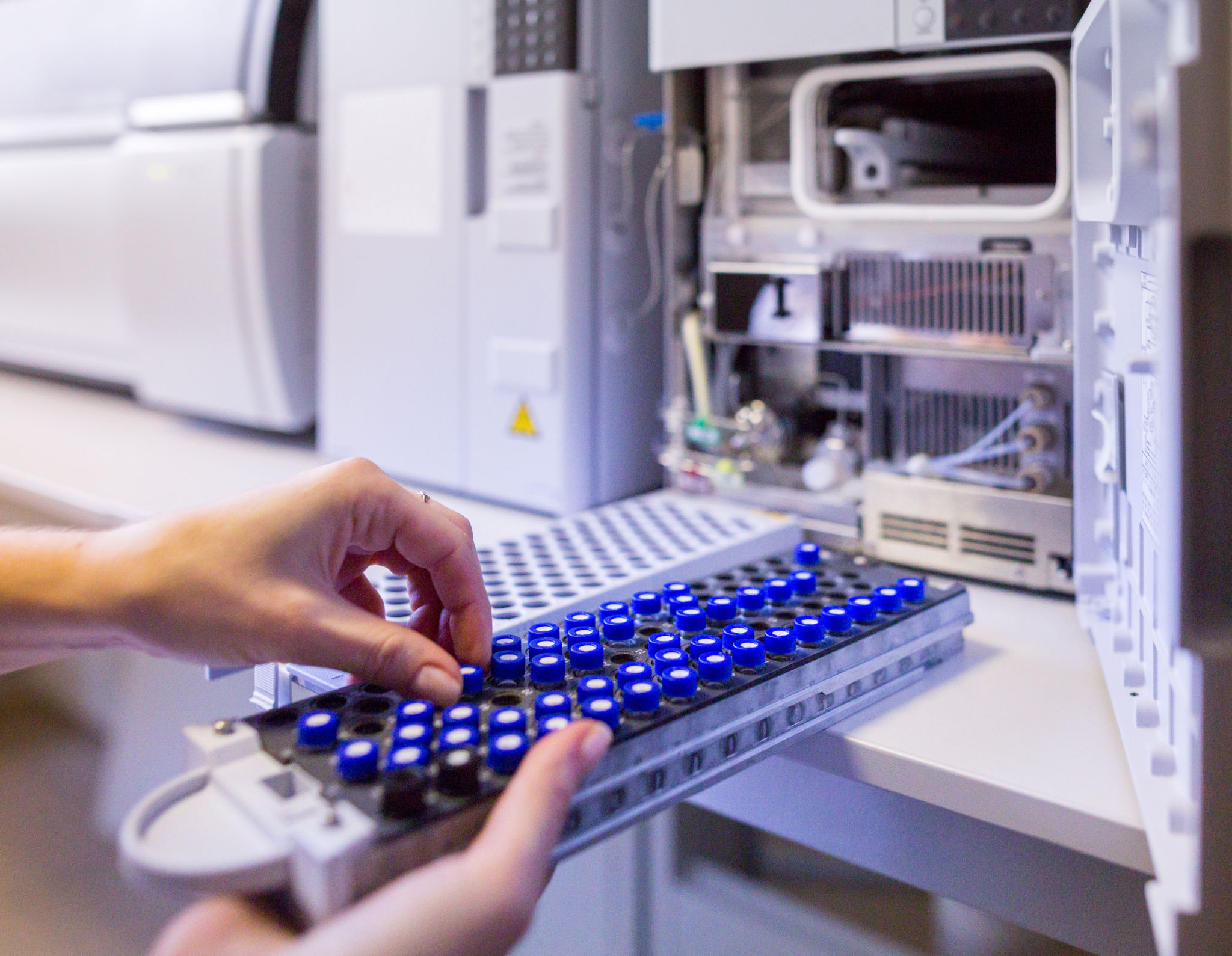PFAS Detection Technologies: A Comparison of Current Methods
Introduction to PFAS Detection
Per- and polyfluoroalkyl substances (PFAS) are a group of man-made chemicals that have been used in various industrial applications and consumer products. Due to their persistence in the environment and potential health risks, detecting PFAS in water, soil, and biological samples has become crucial. In this blog post, we explore and compare the current methods of PFAS detection, highlighting their advantages and limitations.

Liquid Chromatography-Tandem Mass Spectrometry (LC-MS/MS)
LC-MS/MS is a widely used technique for detecting PFAS due to its high sensitivity and specificity. This method involves separating PFAS compounds using liquid chromatography and then analyzing them through mass spectrometry. LC-MS/MS can identify multiple PFAS compounds simultaneously, making it ideal for comprehensive analysis.
However, the complexity of the equipment and the requirement for skilled technicians are notable drawbacks. Additionally, the cost of LC-MS/MS can be prohibitive for smaller laboratories. Despite these challenges, it remains the gold standard for PFAS detection.
Advantages of LC-MS/MS
- High sensitivity and specificity
- Ability to detect multiple compounds simultaneously
- Comprehensive analysis capabilities

Gas Chromatography-Mass Spectrometry (GC-MS)
GC-MS is another effective method for detecting volatile and semi-volatile PFAS compounds. This technique involves vaporizing the sample and passing it through a chromatographic column before mass spectrometric analysis. While GC-MS is less commonly used for PFAS detection compared to LC-MS/MS, it is valuable for analyzing certain PFAS compounds that are more amenable to gas chromatography.
One limitation of GC-MS is its inability to detect non-volatile PFAS compounds without prior derivatization. This method also requires specific technical expertise and can be time-consuming.
Strengths of GC-MS
- Effective for volatile and semi-volatile compounds
- Good separation capabilities
- Detailed compound information

Ion Mobility Spectrometry (IMS)
Ion Mobility Spectrometry (IMS) is an emerging technique that offers rapid analysis of PFAS compounds. It works by separating ions based on their mobility in a gas under the influence of an electric field. IMS is particularly useful for on-site testing due to its portability and quick results.
While IMS provides fast analysis, it generally has lower sensitivity compared to mass spectrometry-based methods. It may not be suitable for detecting trace amounts of PFAS in complex matrices, but its ease of use makes it a promising tool for preliminary screening.
Benefits of IMS
- Rapid on-site analysis
- Portable and easy to use
- Simplifies preliminary screening
Conclusion
The choice of detection method largely depends on the specific requirements of the analysis, such as sensitivity, speed, and the nature of the sample. While LC-MS/MS remains the most comprehensive tool for PFAS detection, other methods like GC-MS and IMS provide valuable alternatives depending on the context. As technology continues to advance, we can expect further developments in PFAS detection technologies, enhancing our ability to monitor and manage these persistent environmental pollutants effectively.
